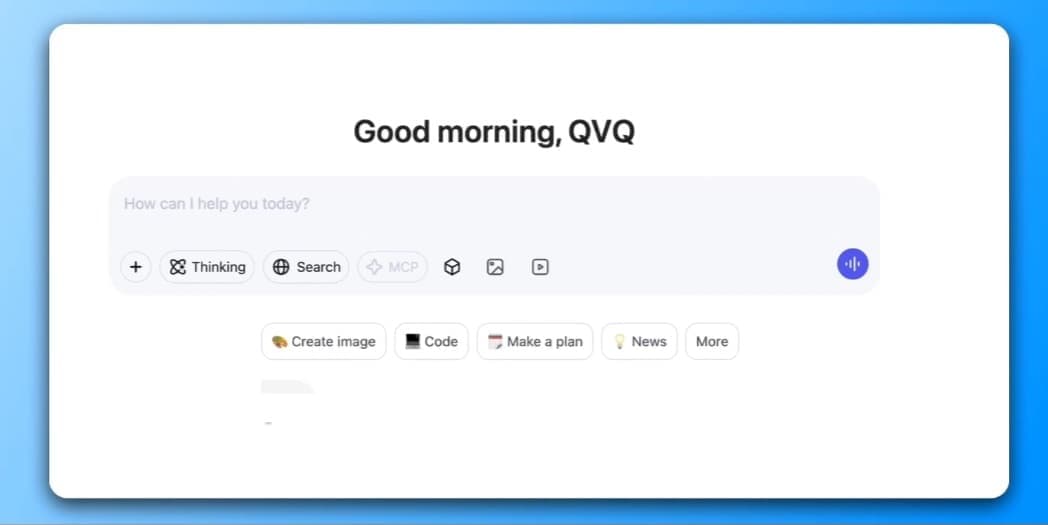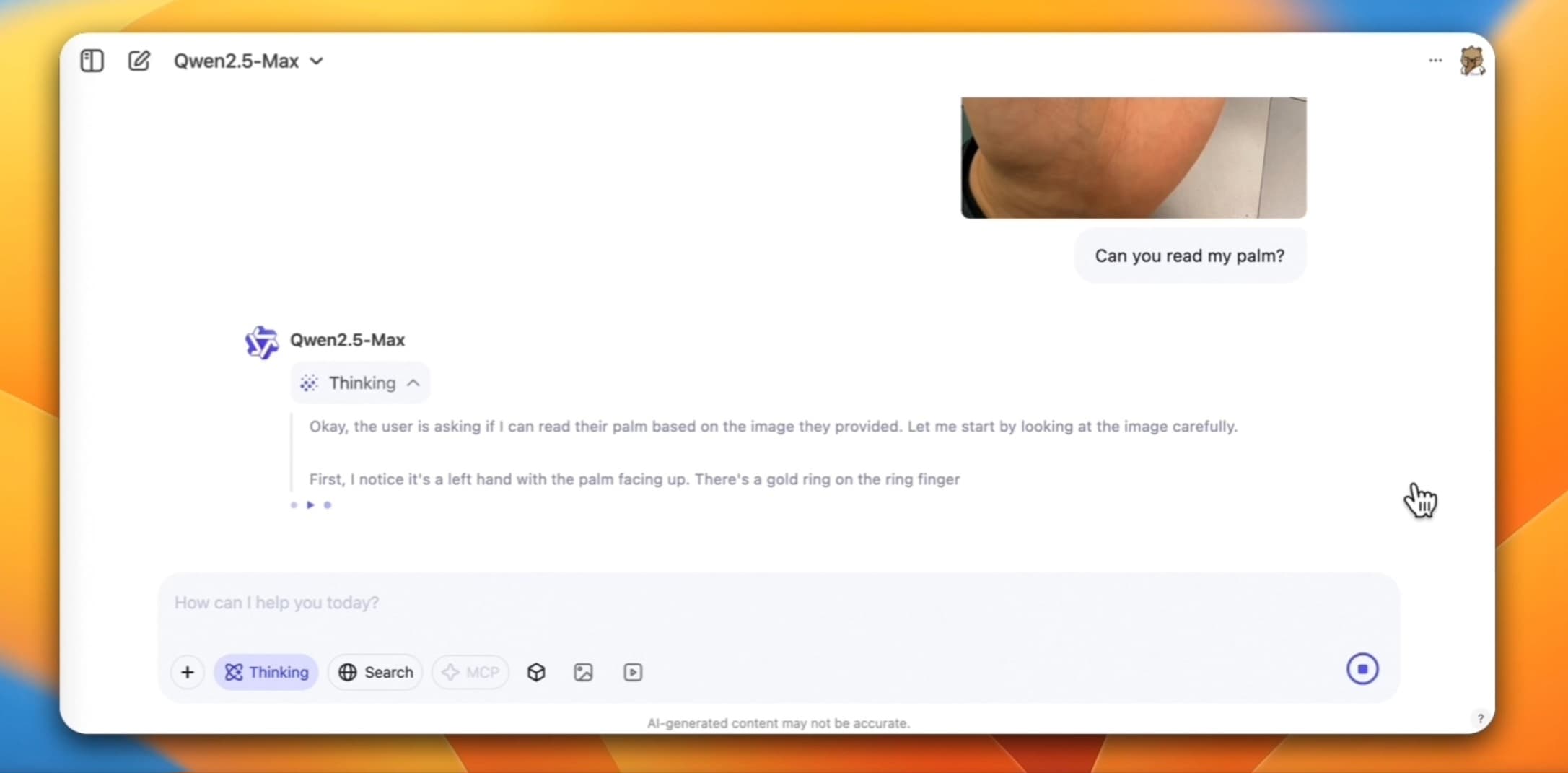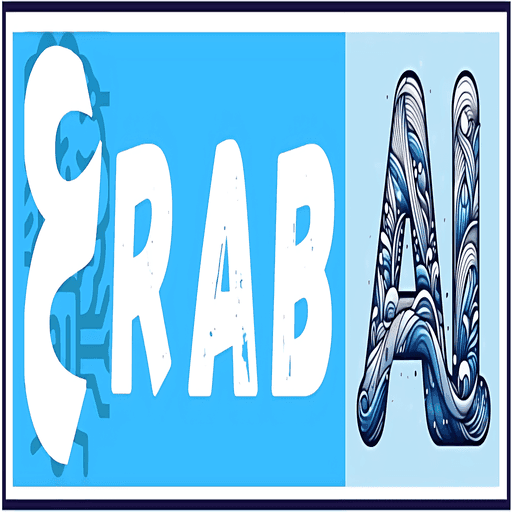
QVQ-Max: Alibaba’s Free Advanced Thinking AI for Image & Video Analysis
Alibaba has unveiled the first version of its QVQ-Max model, which is an advanced visual reasoning model coming as part of the Qwen2.5-Max series.
This model allows for the analysis of images and videos, going beyond simple content understanding to draw logical conclusions.
It also works to provide accurate solutions for a wide range of challenges, from solving complex mathematical problems and programming code to engaging in creative tasks.
Why Do Models Need Visual Reasoning?
AI systems have traditionally relied heavily on text inputs, using them to generate articles, analyze data, and answer questions.
However, a vast amount of information exists in the form of images, graphs, and visual clips.
For instance, assessing the safety of an architectural design cannot rely solely on textual descriptions; examining the visual blueprint is essential for understanding intricate details.
This is where QVQ-Max comes in, moving beyond just “seeing” to “analyzing” and “thinking”.
Key Capabilities of QVQ-Max<
According to Alibaba, via the model’s page, QVQ-Max possesses three core skills:
1. Precise Observation: The model can analyze images in depth, whether they are complex technical diagrams or everyday photos. It accurately recognizes visual elements, including text embedded within images.
2. Analysis and Inference: The model’s role isn’t limited to recognizing visual elements; it can also make logical inferences based on the available information.
For example, it can solve a geometry problem based on its drawn shape or predict the next likely event in a given video clip.
3. Diverse Applications: The use of QVQ-Max extends to multiple fields, from data analysis and programming to creating artistic works and offering creative suggestions, such as:
- Developing advanced diagrams and graphics based on user inputs.
- Providing fashion recommendations based on clothing images, or cooking instructions based on pictures of available ingredients.

Challenges and Future Development
However, despite the significant progress with QVQ-Max, there is still room for improvement. The company plans to focus on:
- Improving observation accuracy: By developing more advanced techniques to verify information extracted from visual content.
- Expanding task scope: Enabling the model to perform multi-step tasks like operating electronic devices and interacting with applications.
- Enhancing user experience: By improving interaction methods beyond just text, such as recognizing voice commands or utilizing visual generation techniques.
Using QVQ-Max for Free
Alibaba allows users to try its capabilities integrated within the Qwen2.5-Max model for free via the chat.qwen.ai platform. You can upload your videos and images and start asking questions.
